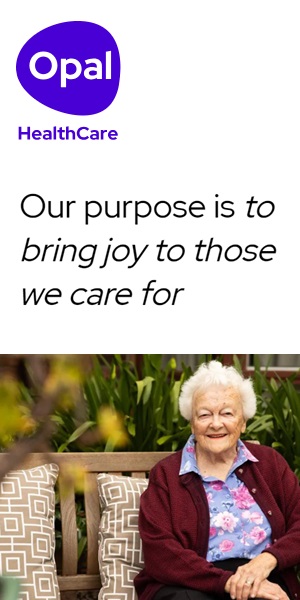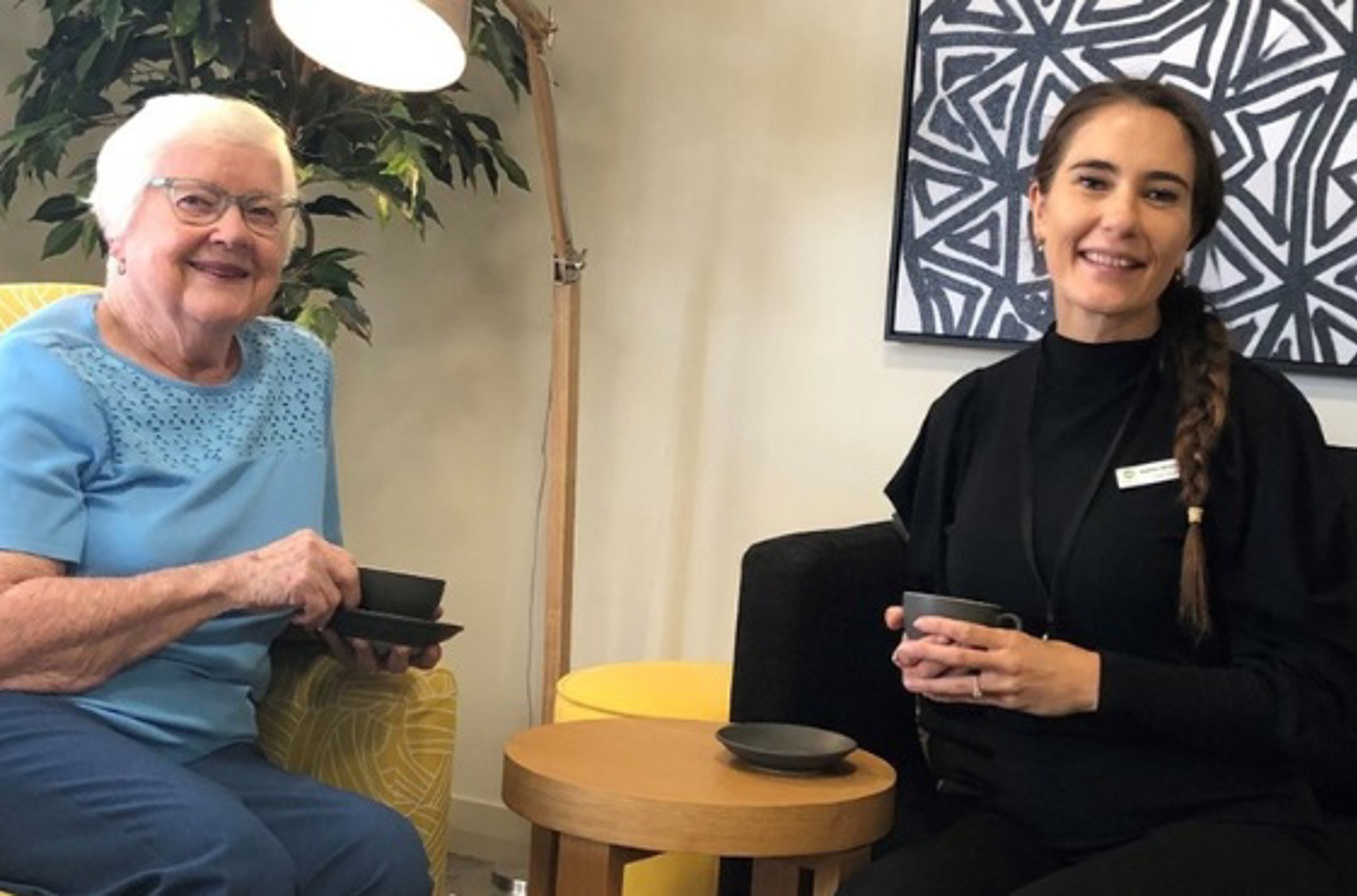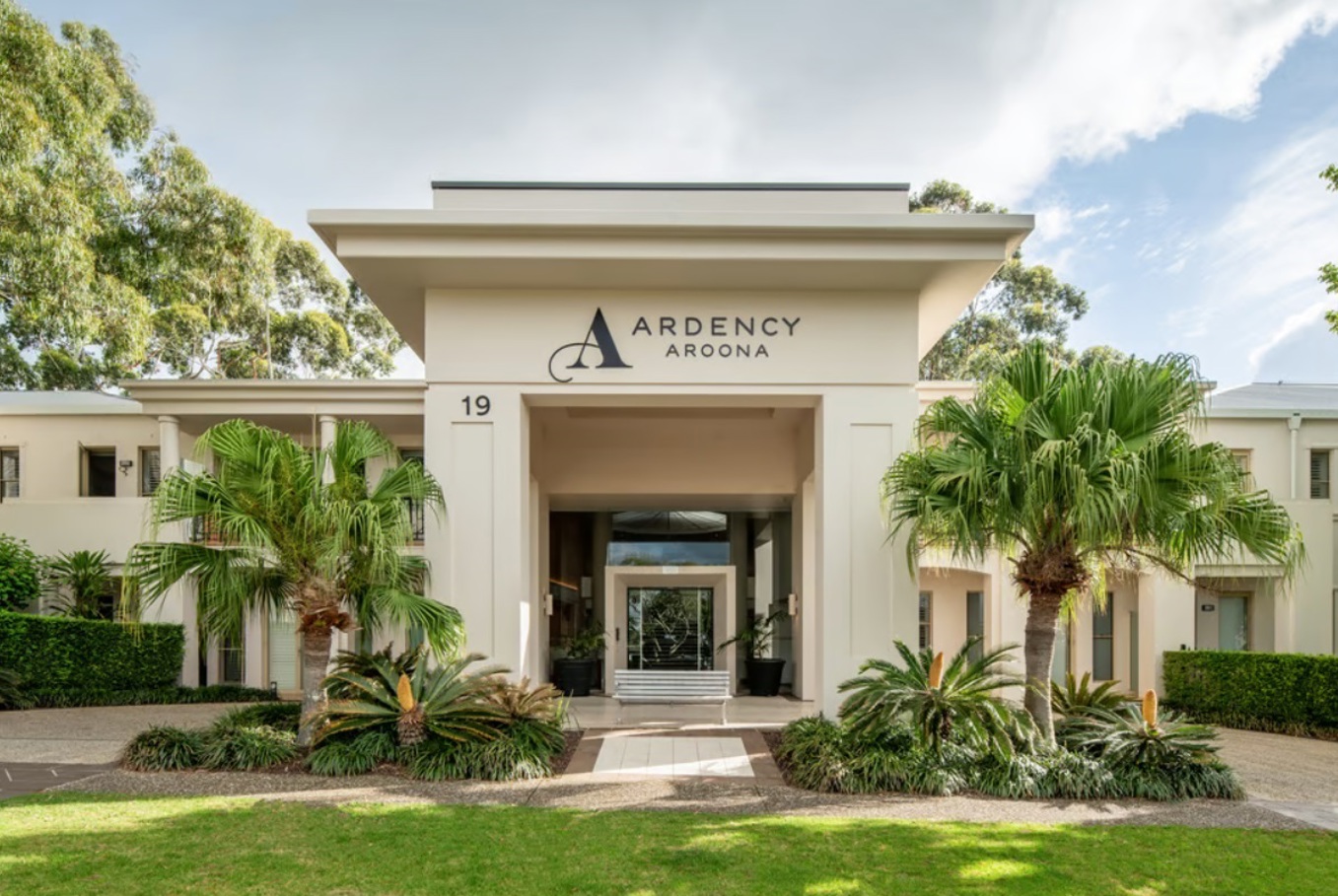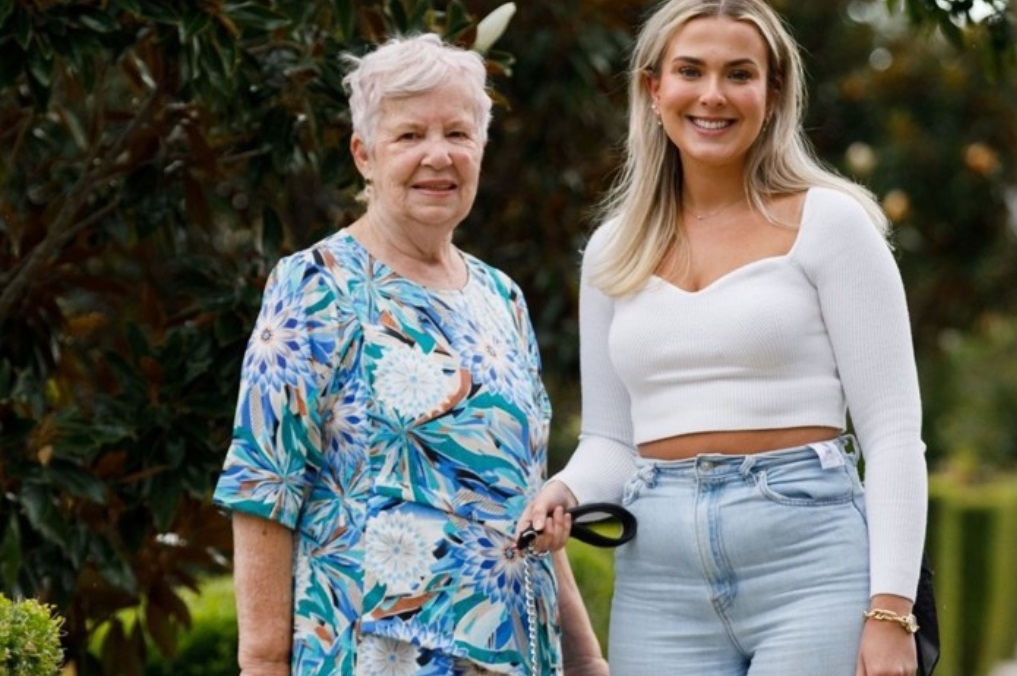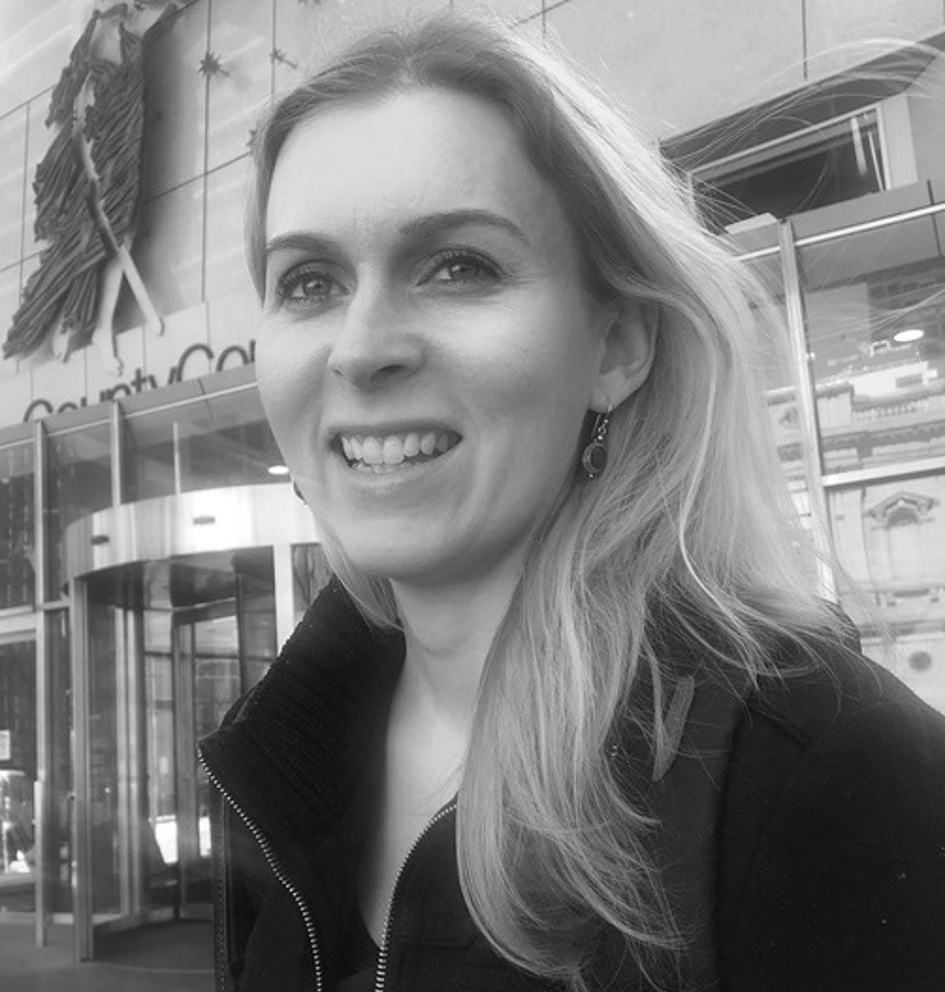Contribution to age care costs
Once you know the result of your income and assets assessment, you will know whether you will be contributing to your care and accommodation costs and how much it will be. There are four types of costs involved.
These are explained in section 4.2 – The main costs explained, the costs are:
- At 20th March 2024, the capped amount on the value of your home is $201,231.20.
- Means-tested care fee - this will depend on your assessment by the Department of Human Services... Accommodation costs - You may have to pay some or all of the accommodation costs, depending on your means test.
Plus:
Knowing the fees you will have to pay may force you to make some big financial decisions, including possibly selling your home.
If you have to pay some or all of your accommodation costs, you have three options:
- a lump-sum refundable accommodation deposit – known as a RAD
- a regular rental-type payment called a daily accommodation payment – known as a DAP
Plus:
- a combination of both
About the RAD
A RAD is a lump sum payment that is fully refunded to you or your family when you leave the home. It works like a loan, allowing the aged care home to invest and earn interest, in order to build, improve and maintain the home.
How the refund works
When you leave the aged care home, the provider is required to refund the RAD to you or your family within the following timeframes:
If you give:
- More than 14 days notice of leaving – your RAD must be refunded to you on the day you leave.
- Notice within 14 days of leaving – your RAD must be refunded within 14 days of you giving notice.
- No notice of leaving – your RAD must be refunded within 14 days of your leaving.
Plus:
- In the event of your death, for someone who has died without leaving a will, the aged care home must refund the RAD within 14 days of the day they were shown evidence of probate or letters of administration.
If the lump sum is not refunded by the end of these legislated time frames, the aged care home will be charged the Maximum Permissible Interest Rate on the owing amount until the RAD is fully refunded.
The Maximum Permissible Interest Rate
This higher rate of interest is called the Maximum Permissible Interest Rate (or MPIR). This amount is reviewed by the Australia Government per quarter. As of April 2024, the Maximum Permissible Interest Rate sits at 8.34%. This rate kicks in from the day after you should have been refunded your refundable deposit balance and it acts as an incentive.
The MPIR is fixed the day you sign your agreement with the aged care home it does not change over time.
Remember:
- When you leave the aged care home, the entire amount will be refunded to you or your family. If you have pre-agreed for certain fees to be taken out of your RAD when you leave, then you or your family will receive the balance. Pre-agreed arrangements must be approved and signed off in the agreement you sign with your aged care home.
Plus:
- Your RAD is guaranteed by the Australian Government which sets strict rules about how the aged care home can invest the money and criminal penalties can be imposed for misuse.
About the DAP
The Daily Accommodation Payment (DAP) is simply a refundable accommodation deposit (RAD) converted to a daily payment. You should know that a DAP payment is not refundable. For some people, the benefit is that the DAP might be an easier option than paying a lump sum up front.
A Daily Accommodation Payment is calculated from a RAD by dividing the lump sum figure by 365 days. However, the RAD is first multiplied by the maximum permissible interest rate (MPIR).
It is calculated in the following way:
DAP = (RAD x MPIR) ÷ 365
Below is an example using a RAD of $350,000 and a MPIR of 8.34% (current at April 2024)
DAP = ($350,000 x 8.34%) ÷ 365
DAP = ([$350,000 ÷ 100] x 8.34) ÷ 365
DAP = ($3,500 x 8.34) ÷ 365
DAP = $ 29,190 ÷ 365
DAP = $ 79.97
A combination of RAD and DAP payments
You can make a combination of RAD and DAP payments. The more you pay upfront via the RAD, the lower the DAP payment will be.
Below is an example of a combined RAD and DAP payment based on a RAD of $350,000. In this example, the resident has $125,000 money available for a part payment of the RAD. This means that the DAP is worked out on the remaining RAD amount of $225,000.
DAP = ($225,000 x 8.34%) ÷ 365
DAP = ([$225,000 ÷ 100] x 8.34) ÷ 365
DAP = ($2,250 x 8.34) ÷ 365
DAP = $ 18,765.5 ÷ 365
DAP = $ 51.41
So here instead of paying the full RAD of $350,000 you would pay a part payment of a RAD of $125,000 as well as a DAP of $51.41.
